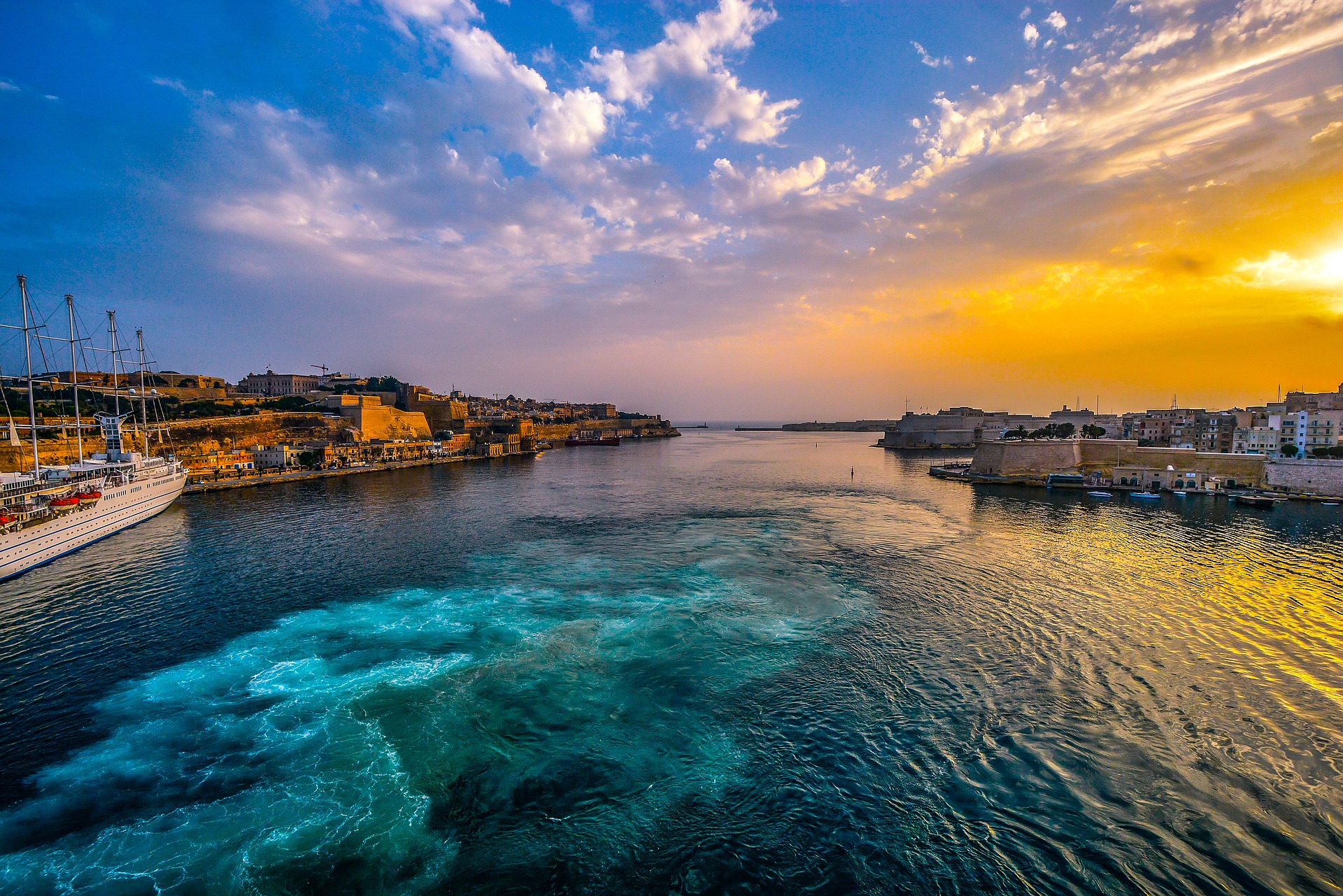
Are you up for going on that unique trip that almost no one has done before you? The problem might just be finding the right destination. But if you’re looking to blaze your own trail and explore hidden gems, then these are the perfect countries to visit. Some of these countries are difficult to get into, but once you’re in, you will get a totally unique cultural and geographic experience.
The Republic of Congo
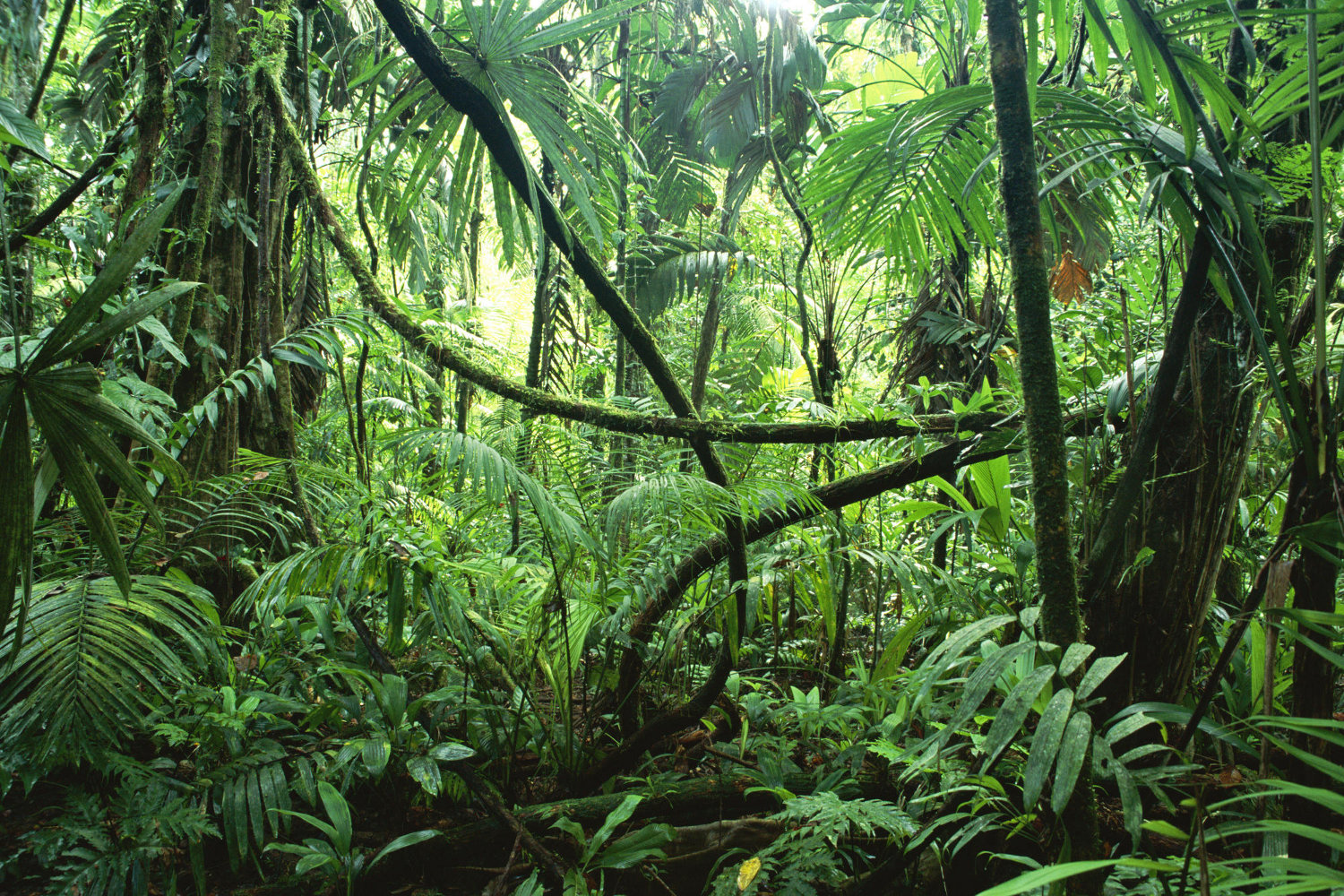
We would like to bring your attention to Congo, no not the Democratic Republic of Congo but it’s smaller brother the Republic of Congo. A Google search for Congo throws up only the older brother.
The Republic of Congo is a heavily urbanized country with a relatively high standard of living; it has an oil economy. The country also has a very high literacy rate and a homogeneous population that speaks predominantly French.
Congo is a country which has 1/3 of its landmass totally cut off from any modern amenities, and this 1/3 area is said to play host to a dinosaur near Lake Tembe.
No one knows enough about the country to even finish exploring it properly. Legendary Congo Forest is probably one of the last few frontiers left for a man and one of the last enclaves.
Brunei
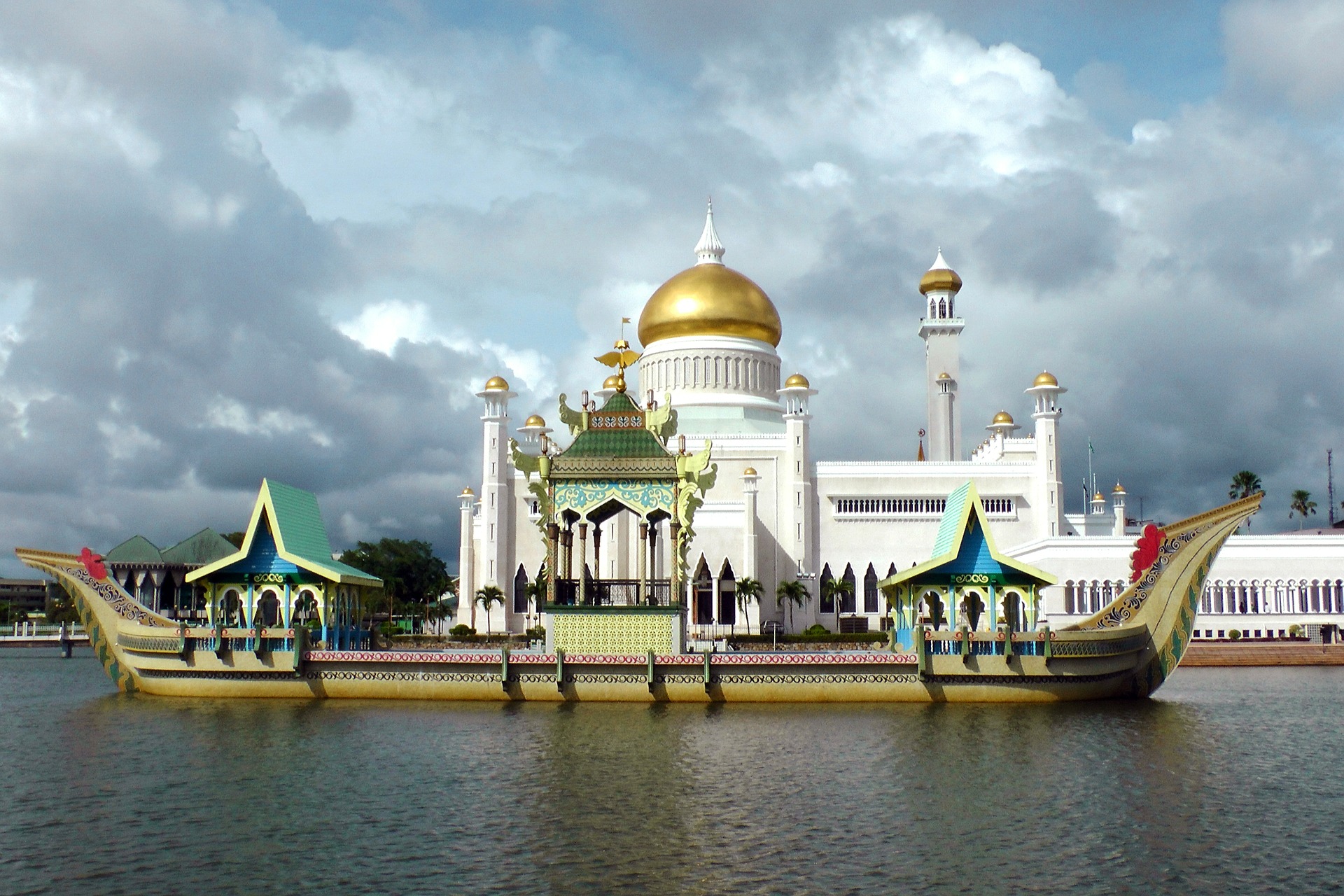
Brunei is a tiny nation on the island of Borneo, in 2 distinct sections surrounded by Malaysia and the South China Sea. It’s known for its beaches and biodiverse rainforest, much of it protected within reserves. The capital, Bandar Seri Begawan, is home to the opulent Jame’Asr Hassanil Bolkiah mosque and 29 golden domes. The capital’s massive Istana Nurul Iman palace is the residence of Brunei’s ruling sultan.
Nobody pays taxes in this little mosque-covered nation. Each year, the sultan orders a ship full of buffalo, goats, and cattle for the religious festival of Qurban (Eid).
The culture of Brunei is predominantly Malay (reflecting its ethnicity), with heavy influences from Islam, but is seen as much more conservative than Indonesia and Malaysia. Brunei’s official main language is Malay, but English is also widely spoken.
Saint Vincent and The Grenadines
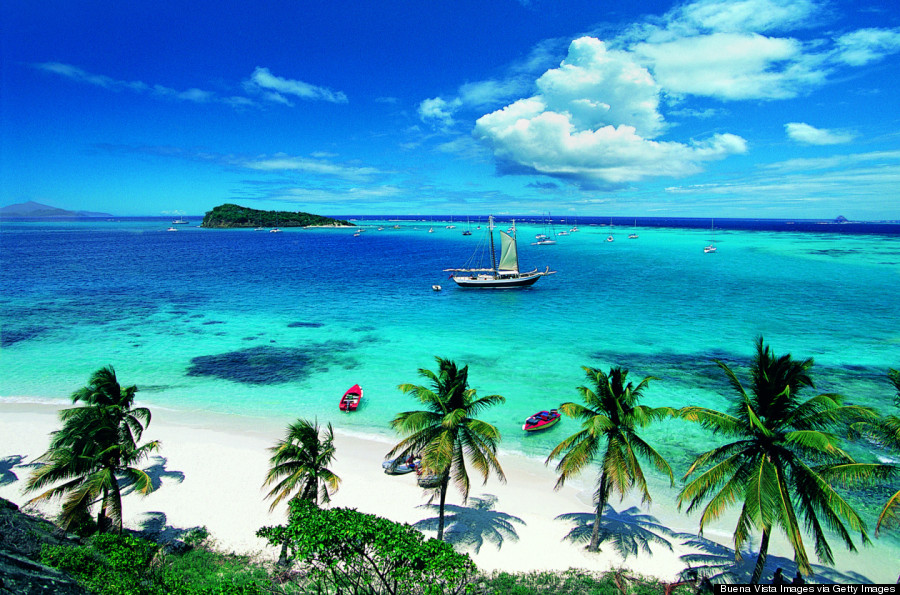
The name Saint Vincent and The Grenadines come from two Major (and mostly only) island chains that make up this nation. It is heavily featured in Pirates of the Caribbean. Most of the islands are uninhabited, and 97% of the population lives on the top of an active volcano. The popular sport in this country is cricket.
This idyllic country has a lot of great sights and is seeing a boom in tourism so don’t be surprised if you would hear more about it from somewhere else.
Suriname
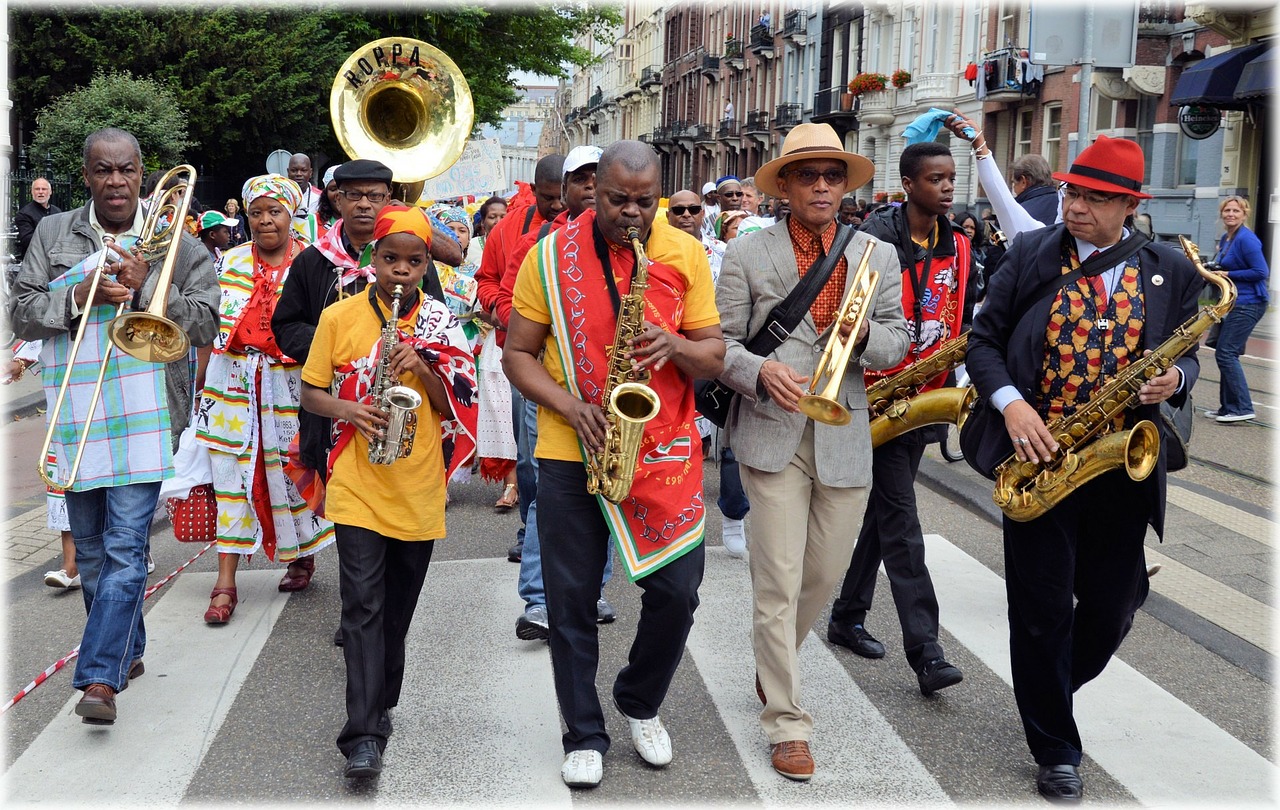
Suriname is the world’s most diverse country, even more, diverse than island havens such as Singapore. With a population that is an aggregate of slaves brought on by colonial Britain and the natives and a smattering of Europeans Suriname has probably every genotype: Asian, Southeast Asian, South Asian, Dutch, Polynesian, African, English, and native tribes. The most populous group in Suriname is Bhojpuri (people from India who speak a slight variation on Hindi).
The country has made a substantial bet on eco-tourism, and it’s working as eco-tourists keep discovering new species in the jungle.
The Gambia
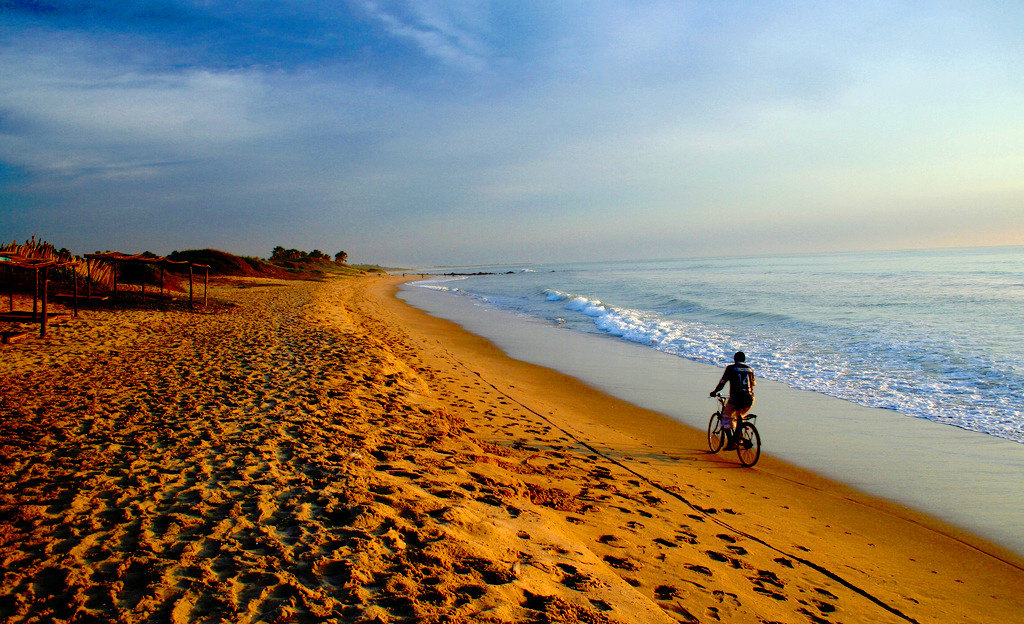
With an old world dictator still leading the country (since 1994), the Gambia has the 4th lowest GDP in Africa only slightly higher than Somalia. But it doesn’t matter. Why? Gambia is a SMALL country.
The Gambia is just the floodplains of the River Gambia. Due to its proximity to Senegal, there is a significant influx of culture from Senegal that includes their love of wrestling, football, and Senegalese Music. The River is a very vital part of Gambian life and culture, and people with ethnic beliefs still worship it.
With warm sunny beaches and a bit more stability the Gambia slowly sees a trickling in of tourists.
Nauru
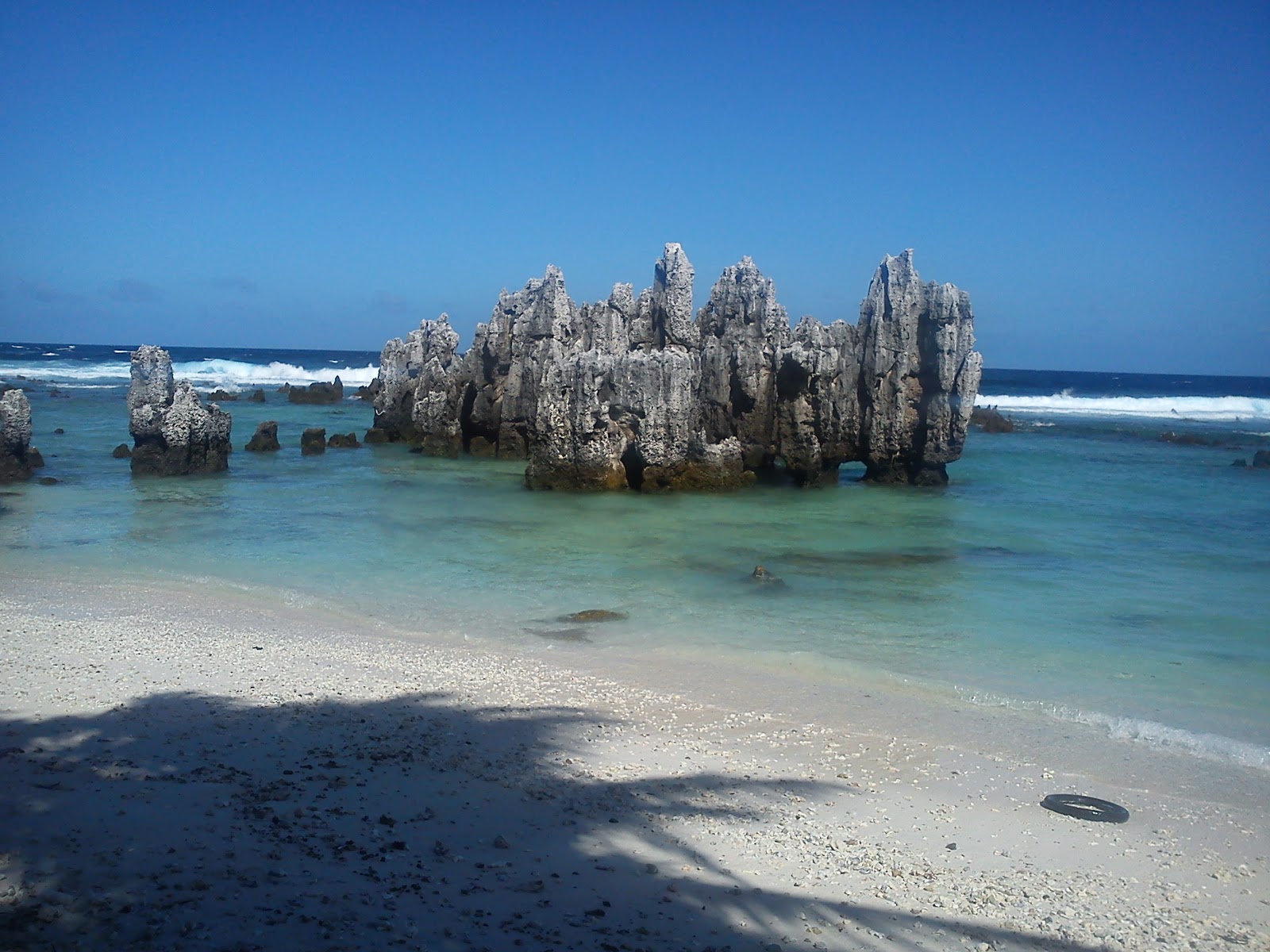
The Republic of Nauru and formerly known as Pleasant Island is an island country in Micronesia in the Central Pacific. A coral reef surrounds the island. The presence of the reef has prevented the establishment of a seaport, although channels in the reef allow small boats access to the island. The country of Nauru doesn’t have a capital city.
Nauru’s climate is hot and very humid year-round because of its proximity to the equator and the ocean. The island hit by monsoon rains between November and February.
The only fertile areas on Nauru are on the narrow coastal belt, where coconut palms flourish. The land surrounding Buada Lagoon supports bananas, pineapples, vegetables, pandanus trees and indigenous hardwoods such as the tomano trees.
San Marino
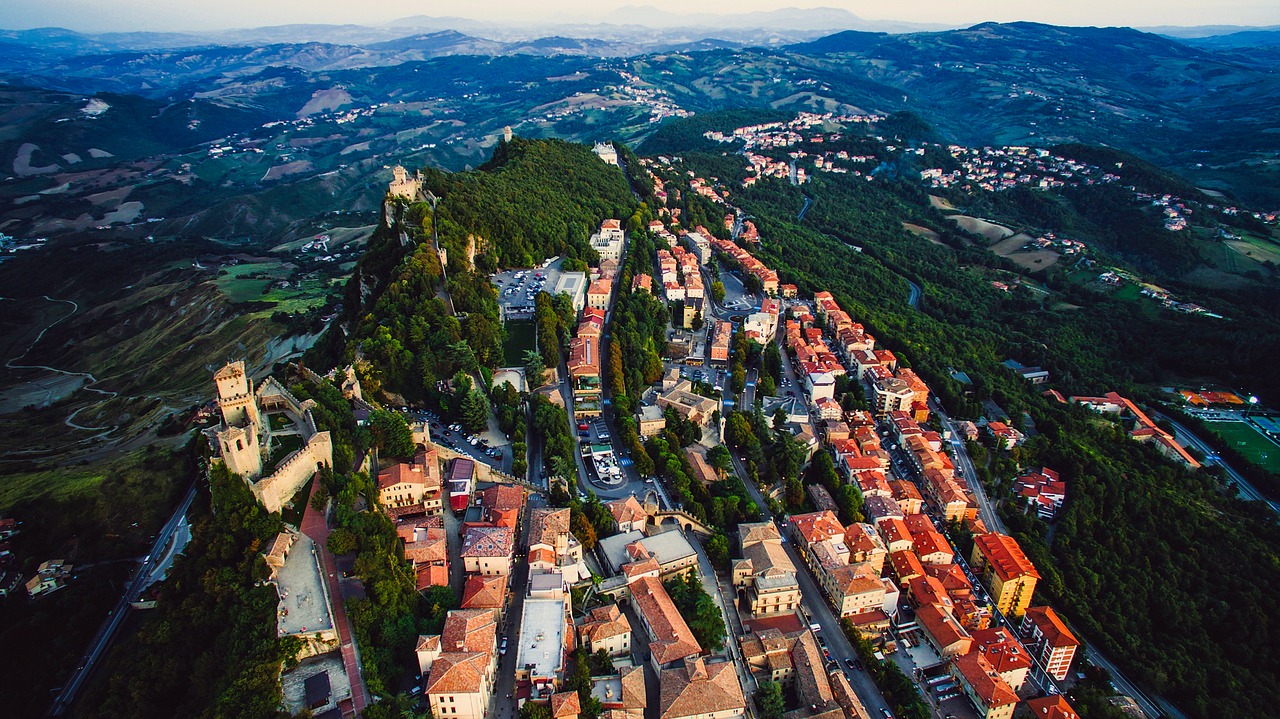
San Marino is an enclaved microstate surrounded by Italy, situated on the Italian Peninsula on the north-eastern side of the Apennine Mountains. Of the world’s 196 independent countries, San Marino is the fifth smallest and – arguably – the most curious.
San Marino is made up of a few towns dotted around the mountainsides. The capital of San Marino is itself called ‘San Marino’ and is situated high up on a mountaintop.
A wall surrounds the capital, and three distinct towers overlook the rest of the country. The towns surrounding the capital are industrial and not as attractive as the central city. Once inside the walled city, it’s small enough to walk around. The narrow streets are full of surprises. The walkways wind up and down the hillside in an interesting way, inviting exploration.
Though San Marino is old and commands some astounding views, it retains a curious lack of intimacy and (for want of a better word) soul.
Molossia
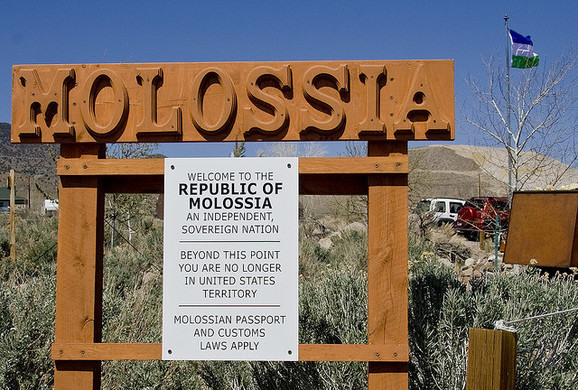
In 1977, then 15-year-old Kevin Baugh and his friend decided to start their country. Because…..why not? The self-declared micronation (which is not formally recognized by the US) came to be known as the Republic of Molossia.
The micronation sits on an area of 6.3 acres in the desert of Dayton, Nevada. It has a population of 32, with its post office, bank, currency and time zone. Molossia isn’t meant to be taken too seriously, though; its existence is more of an exercise in free speech and creativity than politics.
The basic unit of currency in Molossia is the Valora, which is divided into 100 Futtrus. The Valora is linked in value to Pillsbury Cookie Dough, 3 Valora having equal value to one tube of Cookie Dough.
The micronation is happy to accept tourists (as long as they make an appointment), and they even provide a stamp for the visitor’s passport.
Moldova
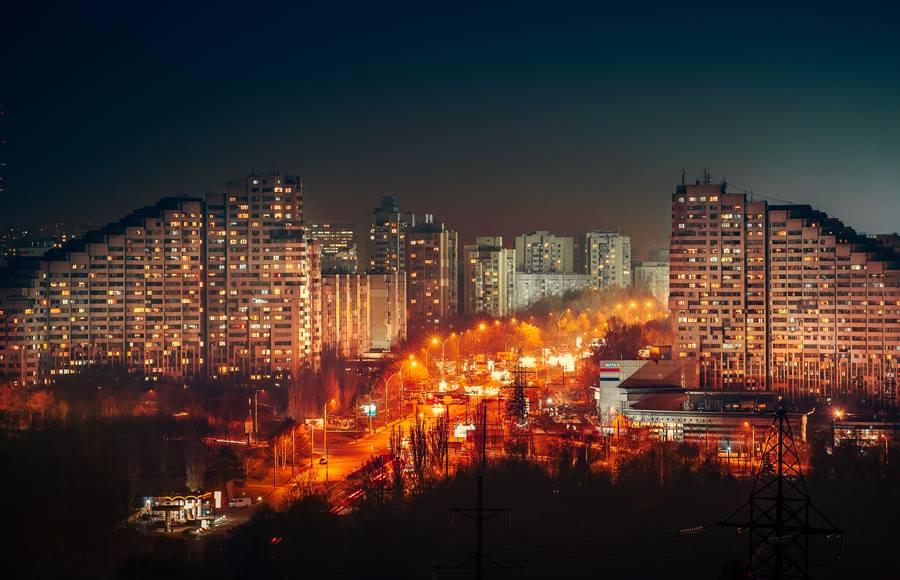
Moldova is a small landlocked Eastern European country which came into existence after the collapse of the USSR in 1991. Moldova has a strong influence on Romanian culture. Parts of the country were parts of Romania previously.
Moldova is named after the Moldova River. Interestingly, according to a local legend, the river derived its name from the name of a dog called Molda, who belonged to Prince Dragos.
One of the most popular attractions in Moldova is the industrial complex (winery) of Mileștii Mici that has the largest wine collection in the world. The complex contains 2 million bottles of wine, and It has 200 km of labyrinthine roadways.
Kyrgyzstan
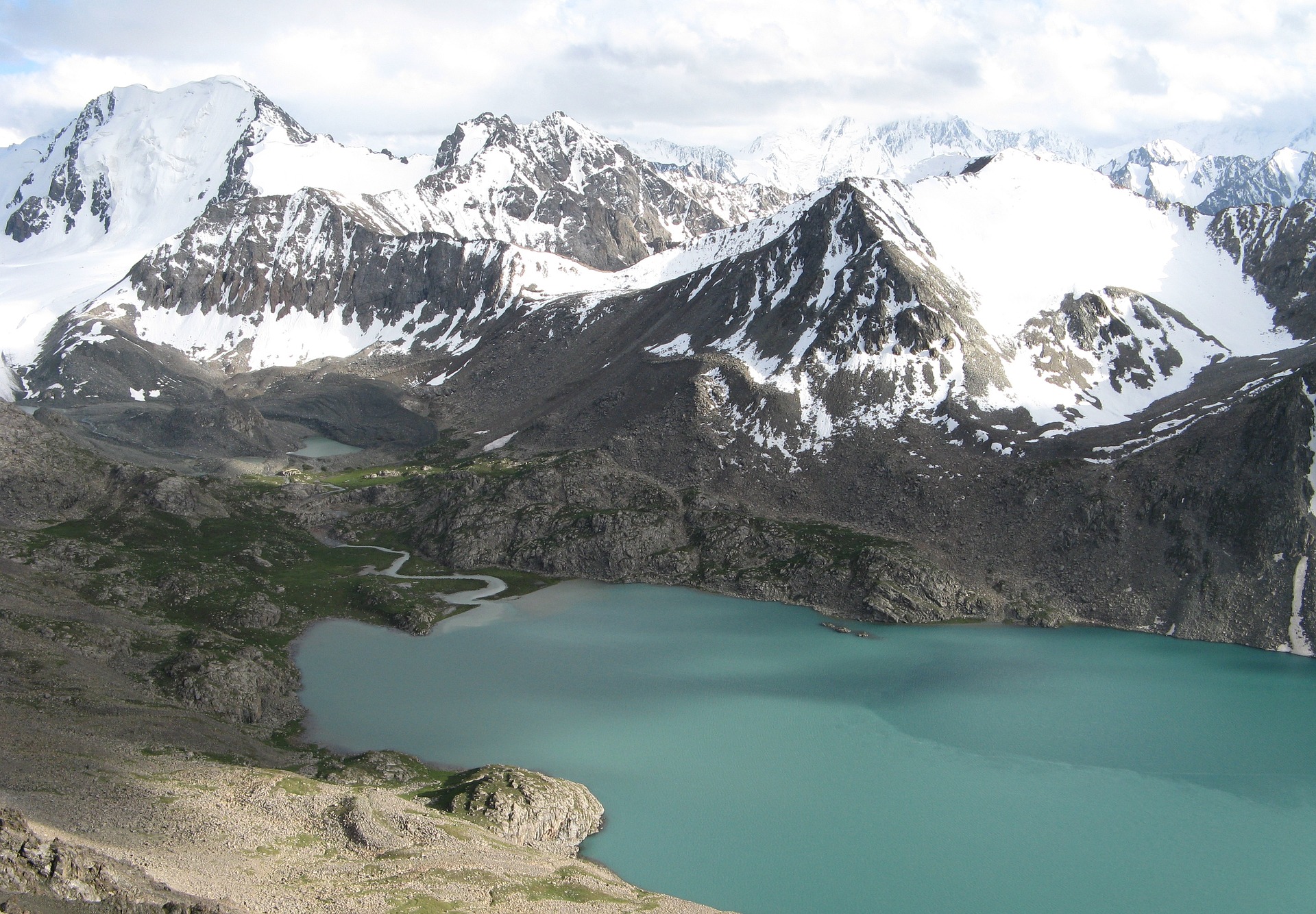
Kyrgyzstan is a country in Central Asia. This country is trapped between mountain ranges, so horseback riding is a big deal… and so are traditional horseback riding games.
One of the most popular tourist destination points in Kyrgyzstan is Issyk Kul Lake. Numerous hotels, vacation resorts, boarding houses, and sanatoriums are located along its Northern shore. The most popular beach zones are in the city of Cholpon-Ata and the settlements nearby, such as Kara-Oi (Dolinka), Bosteri and Korumdy.
For those interested in trekking and camping, every region offers attractions and challenges. Local guides and porters can be hired from many tour companies in Bishkek and the regional capitals.
Djibouti
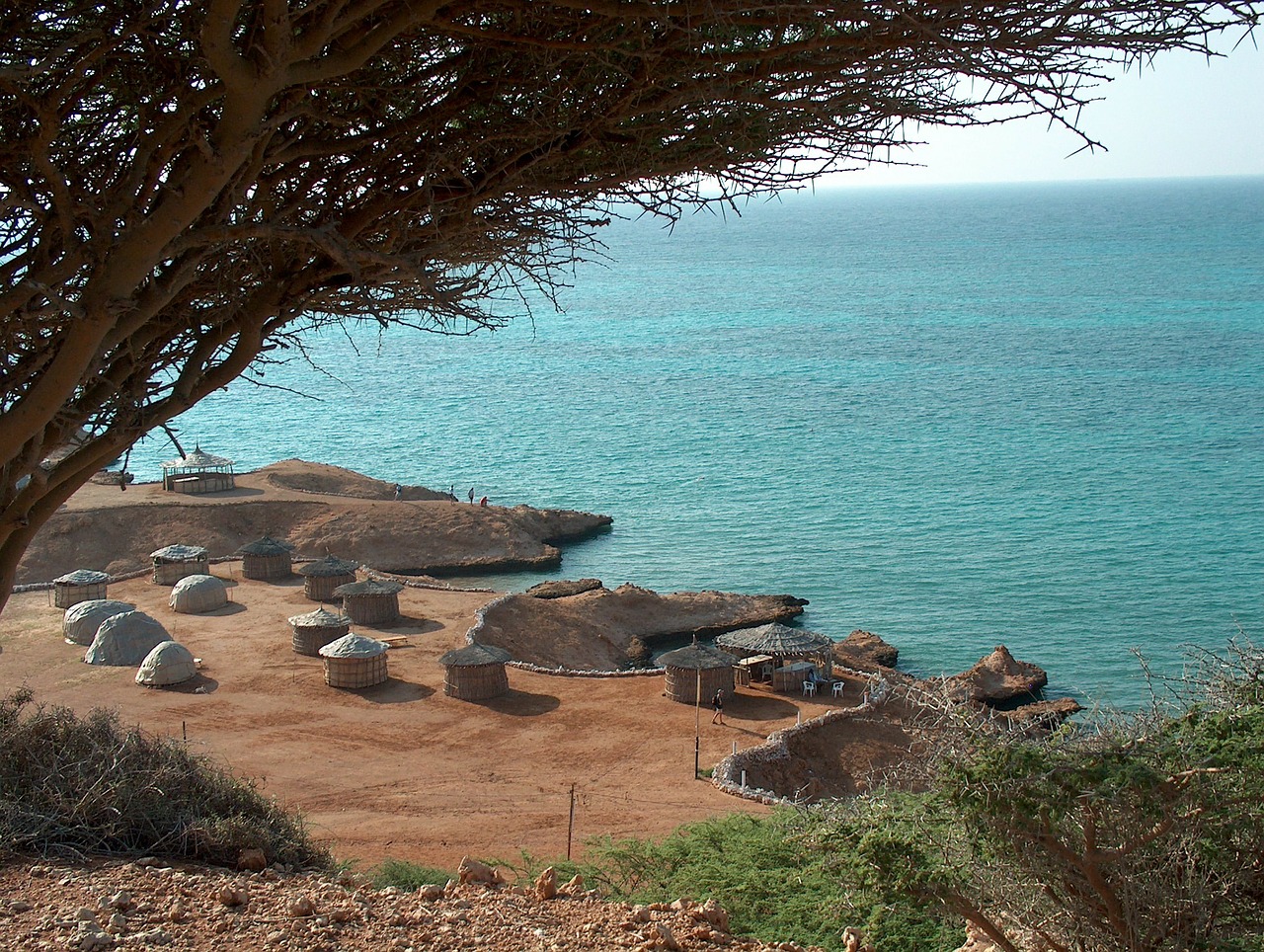
This desert country joined the United Nations in 1970 after wriggling free of the French. Djibouti, in the Horn of Africa, is a mostly French- and Arabic-speaking country of dry shrublands, volcanic formations and Gulf of Aden beaches. It is home to one of the saltiest bodies of water in the world, the low-lying Lake Assal, in the Danakil Desert. The nomadic Afar people have settlements along Lake Abbe, a body of saltwater featuring chimneylike mineral formations.
Malta
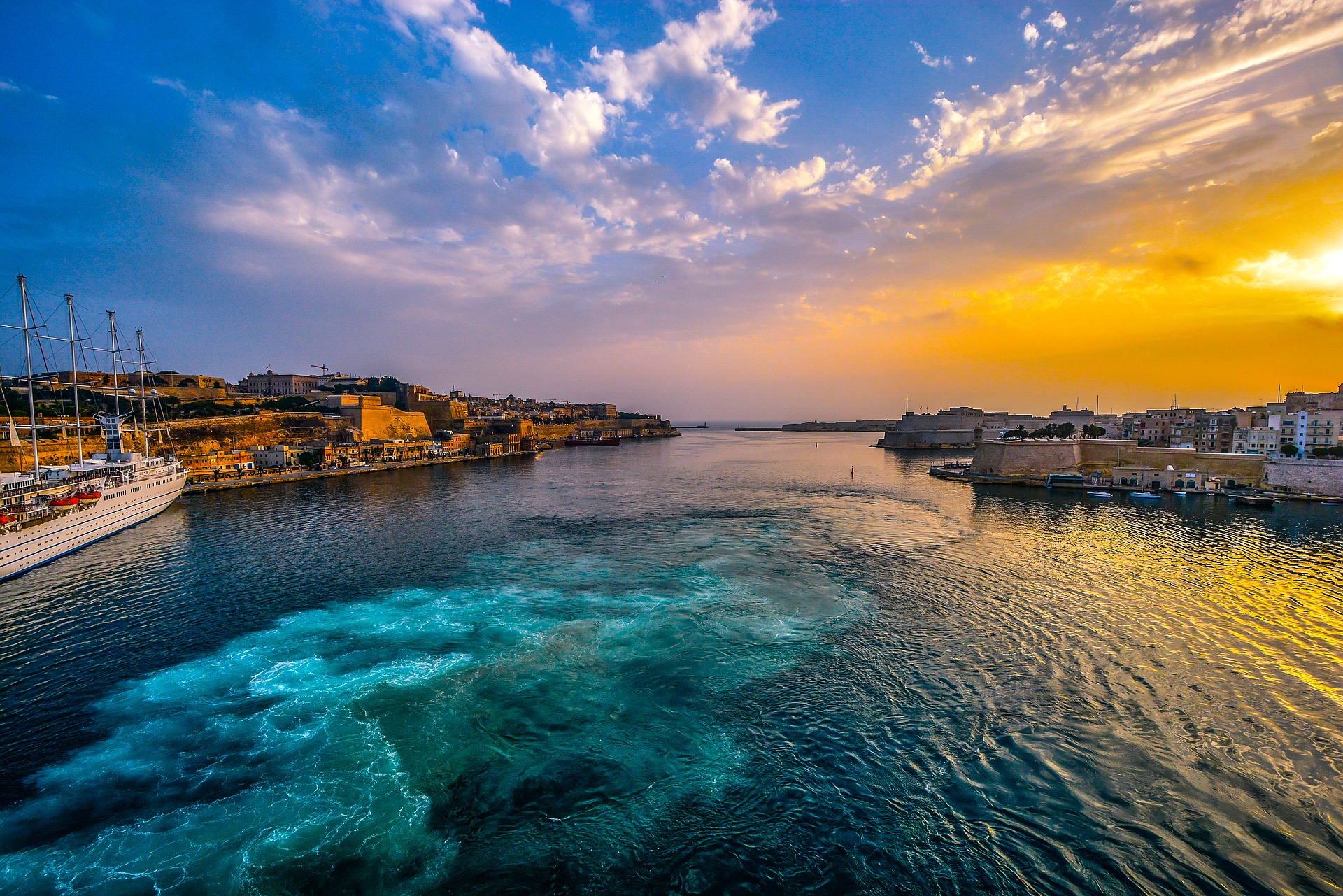
This little island off the coast of Sicily belonged to Phoenicians, Romans, Arabs, and Napoleon before winning independence in the 1960s. The Maltese Language is a branch of Arabic that is written in Latin script.
It has numerous fortresses, megalithic temples and the Hal Saflieni Hypogeum, a subterranean complex of halls and burial chambers dating to circa 4000 B.C. There are boat trips, beautiful towns, Periwinkle Sea, friendly people and soul-feeding views, and you can go from swimming in glinting sea to a cliff top prehistoric site to a harbourside restaurant, all in the space of a few hours.
Mayotte
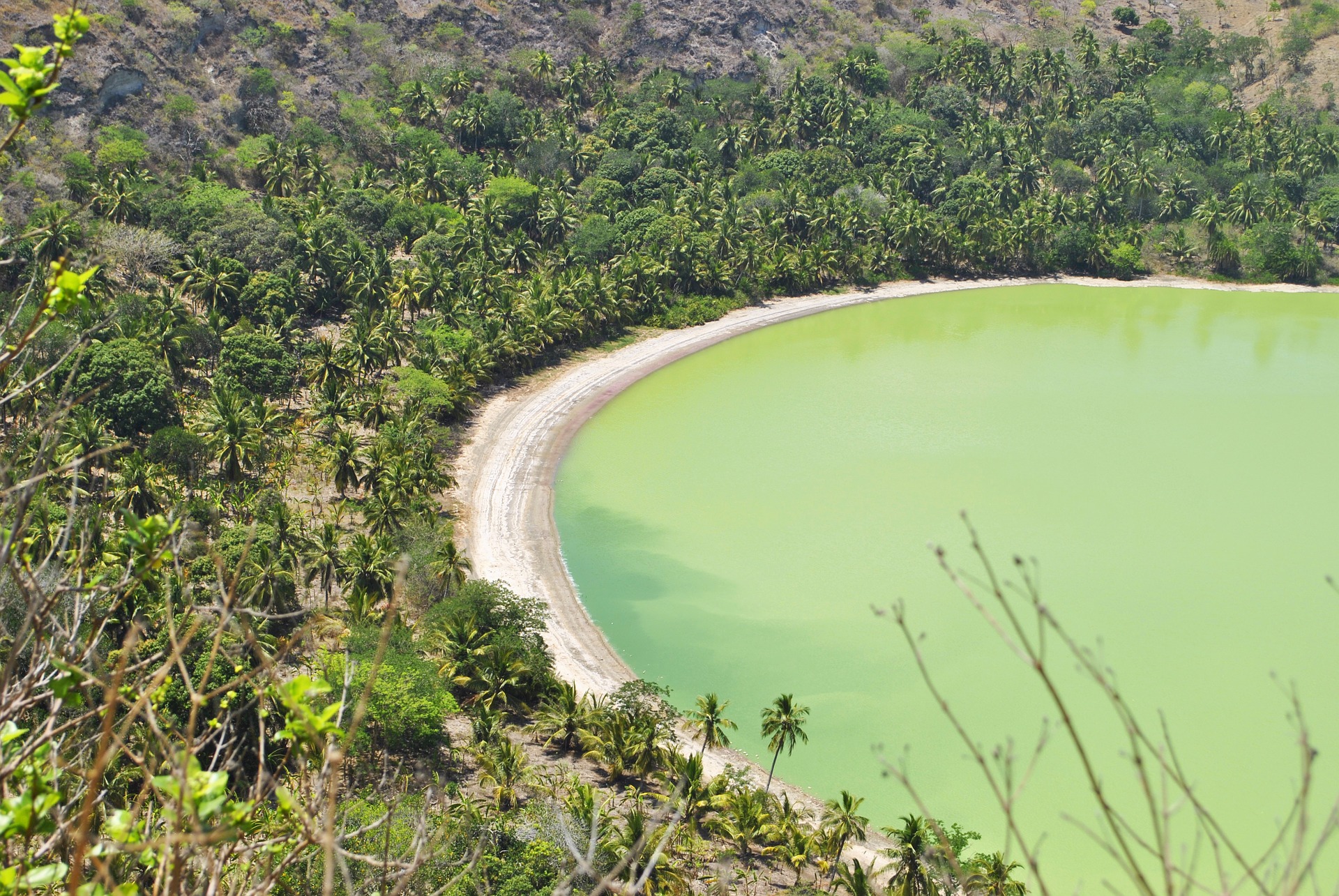
Mayotte is an archipelago in the Indian Ocean between Madagascar and the coast of Mozambique. It’s a department and region of France, though traditional Mayotte culture is most closely related to that of the neighboring Comoros islands. The Mayotte archipelago is surrounded by a coral barrier reef, which shelters a lagoon and marine reserve that are popular diving destinations.
The people of this French island are especially enthusiastic about their turtles. Apparently, thousands lay eggs upon the coastline each night. The nation’s website urges turtle hunters to avoid using flashlights, as the female turtle’s “body cavity will not widen” if you shine a light on her.
Kosovo
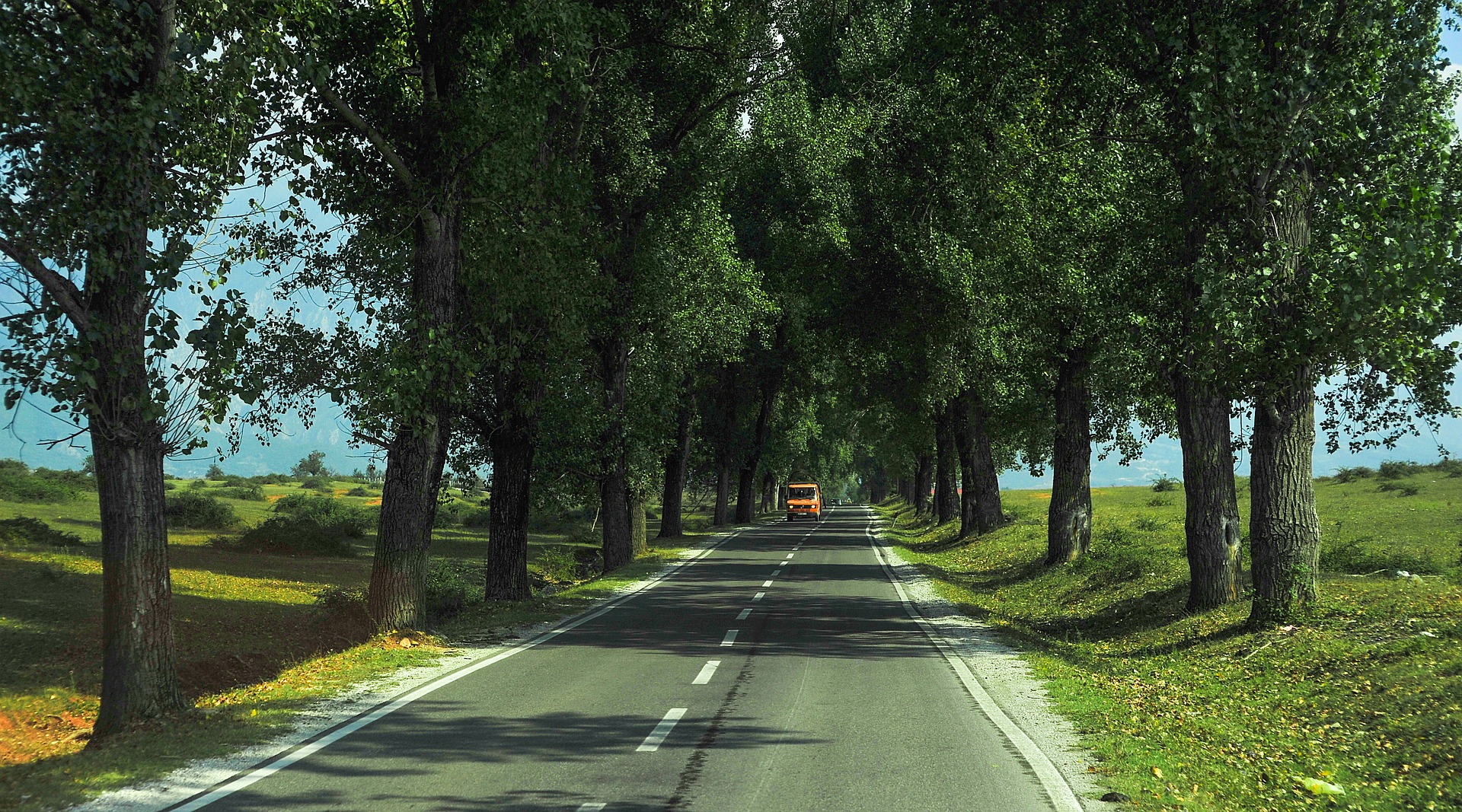
Kosovo is landlocked in the central Balkan Peninsula. Its capital and largest city is Pristina. 111 out of 193 United Nations (UN) Member States (57.51%) have already recognized Kosovo as an independent state.
The natural values of Kosovo represent quality tourism resources. The country is rich with mountains, artificial lakes, canyons and rivers and therefore also offers prime possibilities for hunting and fishing.
Kiribati
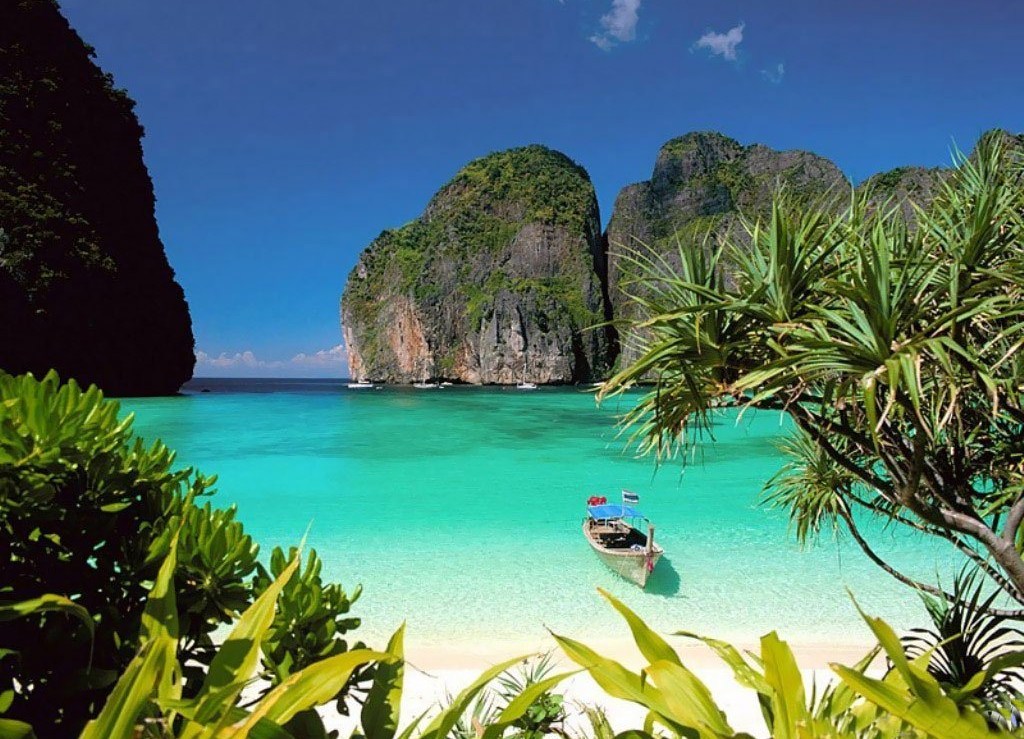
If you clumped together all 33 of Kiribati’s teensy islands, they’d be about the size of New York City. But the teensy islands are so spread out in the Pacific Ocean that it takes six hours to fly from the first one to the last.
Most people haven’t even heard about Kiribati. It is not very well covered by airlines. Check out the maps and satellite photos of the islands. It’s all about beach, snorkeling, diving, fishing and water sports.


